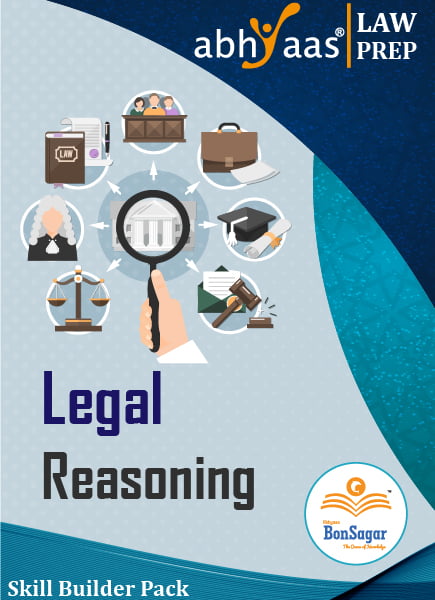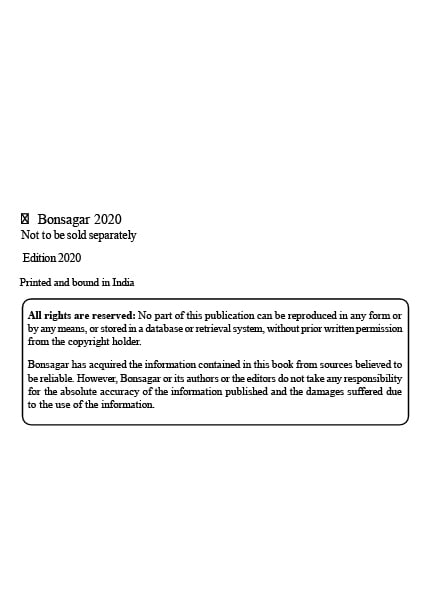The Benefits and Drawbacks of Technology in Education
Over the last few decades, the integration of technology into classrooms, learning platforms, and teaching methods has transformed the way students learn and educators teach. From online courses to interactive whiteboards, technology has brought numerous advancements to the educational landscape. However, while the benefits are clear, there are also certain drawbacks and challenges that need to be addressed. This article explores both the advantages and disadvantages of technology in education.
Benefits of Technology in Education
1. Enhanced Learning Experience
One of the most significant benefits of technology in education is its ability to enhance the learning experience. Tools such as multimedia presentations, virtual simulations, and interactive software provide students with engaging and diverse learning materials. For instance, educational videos, 3D models, and interactive apps can explain complex concepts in a way that textbooks alone cannot. This multi-sensory approach caters to different learning styles and can improve student comprehension and retention.
For example, science students can benefit from virtual labs that simulate chemical reactions or biological processes, which they may not be able to experience in a physical lab due to safety or resource constraints. Similarly, language learners can access immersive language environments through virtual tools, allowing them to practise pronunciation and communication skills in real-life scenarios.
2. Access to a Wealth of Information
With the internet, students have access to an almost unlimited amount of information on any subject imaginable. Online resources such as academic journals, eBooks, tutorials, and educational websites allow students to explore topics in depth and stay up-to-date with the latest developments in their fields of study. This accessibility breaks down geographical and financial barriers, enabling students from various backgrounds to gain knowledge and skills that were previously out of reach.
For example, platforms like Khan Academy, Coursera, and edX offer free or low-cost courses in a wide range of subjects, from mathematics to computer science. These resources make it possible for individuals to pursue lifelong learning and gain expertise in areas of interest, regardless of their location or financial situation.
3. Flexible and Personalized Learning
Technology enables personalised learning, where students can progress at their own pace. With the use of educational software, teachers can track individual student progress and tailor lessons to meet specific learning needs. Students who need more time on a particular topic can revisit lessons, watch tutorials, or engage with additional resources, while advanced learners can move ahead at a faster pace.
Adaptive learning technologies, which adjust the difficulty level based on a student’s performance, further promote individualised learning. For example, in maths, students can work on problems suited to their current ability, gradually advancing as they master each level. This ensures that every student receives an education that is both challenging and achievable, helping to improve overall academic performance.
4. Improved Collaboration and Communication
Technology fosters greater collaboration among students, teachers, and even peers across the world. Digital platforms such as Google Classroom, Microsoft Teams, and Zoom facilitate communication and collaboration in a virtual classroom setting. Students can share ideas, ask questions, and work together on projects regardless of their physical location.
Additionally, technology provides teachers with the tools to engage students through discussion forums, online quizzes, and group projects. This collaborative environment helps students develop critical thinking, teamwork, and communication skills, which are essential in today’s interconnected world.
5. Preparation for the Digital Future
In today’s digital age, proficiency with technology is essential for success in most careers. By incorporating technology into the educational process, schools prepare students for the modern workforce. Learning to use digital tools, coding languages, and other technology-related skills equips students with the necessary competencies for a wide range of professions, from software engineering to data analysis.
Moreover, as automation and artificial intelligence reshape industries, technological literacy will be crucial for staying competitive in the job market. Early exposure to technology in education helps build the skills needed to adapt to new innovations and challenges in the workplace.
Drawbacks of Technology in Education
1. Over-reliance on Technology
While technology can enhance learning, there is a concern that an over-reliance on digital tools may hinder the development of critical thinking and problem-solving skills. Students may become overly dependent on technology to find answers, leading to a decrease in their ability to think independently or critically analyse information. Instead of exploring topics and solving problems on their own, students might resort to search engines and automated tools, bypassing the cognitive process of learning.
Moreover, excessive use of technology in the classroom could limit face-to-face interactions, which are important for developing social and communication skills. Human connections, empathy, and effective communication can be lost when students spend too much time interacting with screens rather than engaging in real-world experiences.
2. Digital Divide
Another significant drawback of technology in education is the digital divide—the gap between those who have access to technology and those who do not. While many students in developed countries have access to high-speed internet, computers, and digital devices, students in developing regions or low-income households may lack the necessary resources. This disparity creates unequal opportunities for learning, with students from disadvantaged backgrounds missing out on the advantages technology offers.
For instance, a student in a rural area without access to a reliable internet connection may struggle to keep up with classmates who can access online courses, research materials, and digital assignments. Bridging the digital divide requires investments in infrastructure, access to devices, and affordable internet services to ensure that all students can benefit equally from technological advancements.
3. Distraction and Decreased Focus
While digital tools can aid learning, they can also be a source of distraction. Social media, video games, and other entertainment platforms are just a click away, and students may find it difficult to stay focused during online classes or when working on assignments. In some cases, the constant presence of digital devices can lead to decreased productivity and a lack of attention to educational tasks.
For example, students may be tempted to check their phones during online lessons, resulting in missed information and disengagement from the material. To mitigate this, schools need to establish guidelines on how technology should be used in an educational context to ensure that students are focused on learning rather than distracted by non-educational content.
4. Privacy and Security Concerns
The use of technology in education raises concerns about privacy and data security. Online platforms, learning management systems, and digital tools often require students to provide personal information, such as names, addresses, and academic records. If these systems are not adequately protected, there is a risk that sensitive data could be compromised or misused.
Cybersecurity threats, such as hacking or phishing attacks, also pose a danger to the privacy of students and teachers. As schools increasingly rely on digital platforms for assessments, communications, and collaboration, ensuring the safety of these online environments is critical.
5. Teacher Training and Integration Challenges
The successful integration of technology into education requires that teachers are adequately trained to use digital tools effectively. Many educators may not have the technical skills or knowledge to fully utilise technology in the classroom, and a lack of training can limit the potential benefits of digital resources. Furthermore, incorporating technology requires changes to traditional teaching methods, which can be a difficult transition for some teachers.
Professional development programs and ongoing support are necessary to help teachers integrate technology into their teaching strategies. Schools must invest in training and resources to ensure that educators are confident in using digital tools to enhance student learning.
Conclusion
In conclusion, technology offers significant benefits in education, including enhanced learning experiences, greater access to information, personalised learning, and preparation for the digital workforce. However, these advantages are tempered by potential drawbacks such as over-reliance on technology, the digital divide, distractions, privacy concerns, and the need for teacher training. To maximise the positive impact of technology in education, it is essential to address these challenges and ensure that technology is used in a balanced and responsible way. With thoughtful implementation and ongoing support, technology can continue to play a transformative role in education, improving opportunities for learners worldwide.




